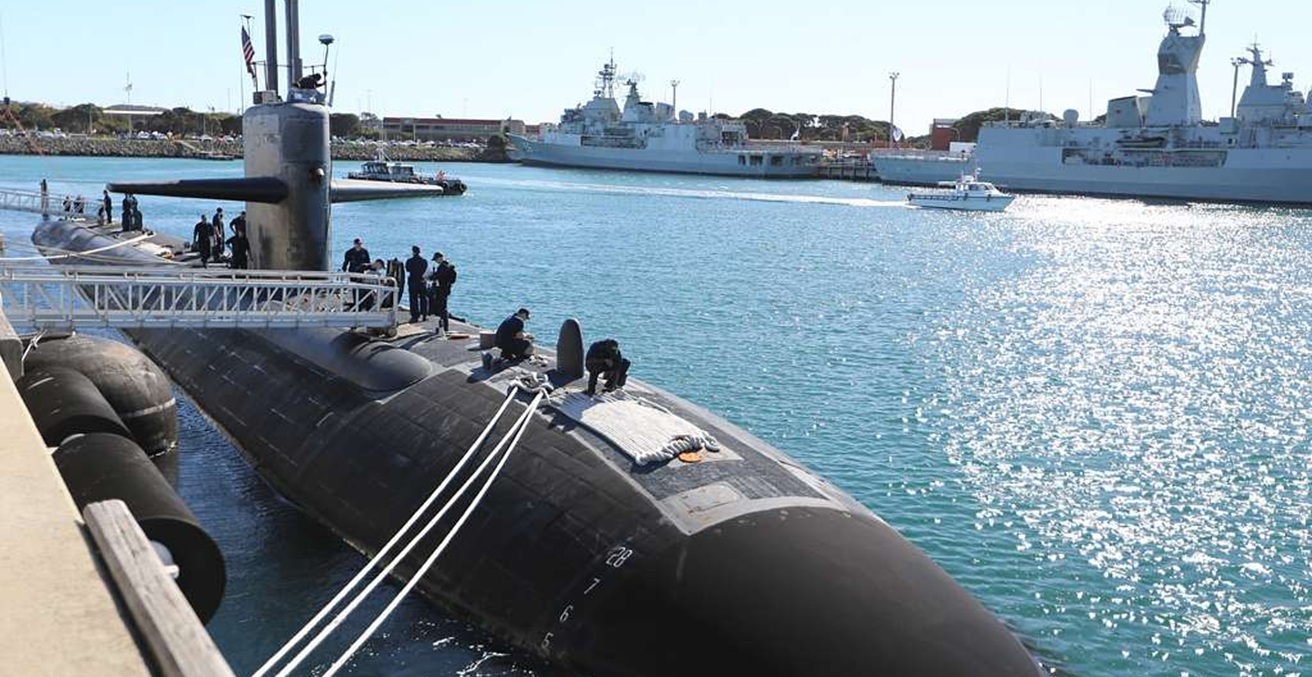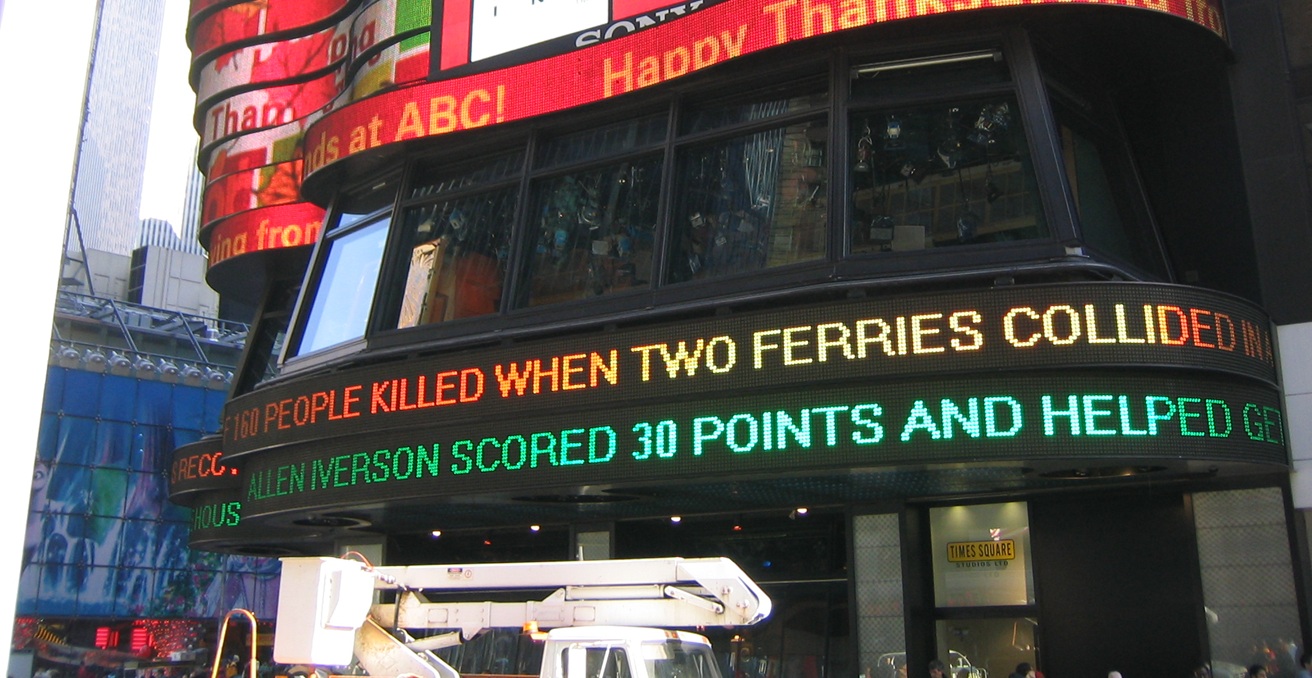Technological advances can help keep journalists away from active conflict zones. But, despite such technology, the brutal reality is that journalists working in war zones face pronounced physical and mental risks.
Long gone are the days when a flak jacket emblazoned with the word “press” would protect an international journalist from being targeted in a war zone. These days, any sign that one is a member of the press can pose danger.
The changing position of international journalists from observers of war to targets, is said to have occurred during the Sarajevo conflict, though those acquainted with the story of Australia’s Balibo Five would argue it occurred earlier than that. Certainly, the situation has only intensified in the decades since, as digital technologies have increasingly allowed the various sides in any conflict to tell their own stories without being mediated through the lens of the free press.
According to UNESCO, the number of journalists and media workers killed during the Ukraine conflict currently stands at ten. The International Press Institute is also recording attacks on journalists and other restrictions on press freedom in both Ukraine and Russia.
By way of comparison, only two known journalists died in World War I, 69 in World War II, 17 in the Korean War, and 58 in America’s Vietnam War. However, 200 died during the Iraq War, 16 in the first two weeks alone, 191 have been killed in Syria over the last decade, and ten journalists have died in Afghanistan since 2020.
Apart from Russia and Ukraine, there are currently more than 20 countries at war, even more active conflicts, and more than 65 million displaced people. As a result, there remains an important role for international journalists to be the eyes and ears of the outside world, and to use their abilities to establish the truth in a conflict, which is often particularly significant for the local populations caught up in a war.
According to the Committee to Protect Journalists, 90 percent of journalists killed around the world are local reporters. Charles Sennott, founder and CEO of Ground Truth, recently wrote in the Boston Globe that reporters for Ukrayinska Pravda had risked their lives to report on rampant corruption in the government and the police force long before the current conflict. Now, even as they have been displaced by the conflict and their newsrooms taken over, they continue to try to bring truth to their fellow citizens.
Technology like social media and encrypted apps has made it easier for journalists to gather information at a safe distance from conflicts. These technologies allow journalists to gather information, talk to sources, and access video and photos for their news reports. The invasion of Ukraine was first recorded by traffic on Google Maps, and even today live-city webcams continue to inform journalists and the general public as they sit safely, sometimes continents away from the violence.
However, digital tools can also allow the distribution of disinformation and misinformation, exacerbating propaganda from all sides in a conflict. As a result, war correspondents now need to be more skilful at interrogating information and the motivation of different parties providing digital information more comprehensively than when they report on events in front of their own eyes. Those fluent in Russian say WhatsApp news discussions of the Ukraine present completely different views on the same incidents.
Journalists must also consider their digital safety. Those working on the front line today must know about global spyware and digital surveillance networks. Increased reliance on technology due to COVID-19 has also seen a serious increase in cyber and ransomware attacks. Misinformation and disinformation can be weaponised against journalists, leading to online abuse, doxing, and physical attacks. A mobile phone signal can ‒ and has ‒ been used to pinpoint a journalist’s location so they can be attacked. War correspondents, just like all other journalists, need to be aware of the dangers of phishing, weak passwords, and the need for two-factor authentication. War correspondents also need to know how to switch their routines, schedules, and routes and modes of transport. Of course, this is very difficult if they are, for instance, live-to-air on a television network.
In addition, keeping modern war correspondents physically safe in a conflict zone today requires more than just a helmet, flak jacket, boots, mask and trauma first aid kit. War correspondents and their employers need to do thorough risk assessments before sending anyone into a conflict zone. In the same way a firefighter would not go into a burning factory without knowing what chemicals were there, a war correspondent shouldn’t go into a conflict zone without understanding the source of the conflict and having an evacuation route mapped out.
In response to the increasing number of young freelance journalists offering themselves as conflict reporters, there are a range of courses available from seasoned journalists willing to share their knowledge. The London-based Frontline Club is among those running training courses, offering a series of free workshops in Lviv, Ukraine for those intending to travel to and work in Ukraine’s hotspots as freelances or local journalists. The course includes security and hostile environment training as well as combat first aid. The course aims to provide young journalists with the skills to treat battlefield trauma, increasing their chances of survival in an emergency.
War correspondents who have a deep knowledge of the history, culture, and language of any conflict zone can have a distinct advantage over those who arrived with just a copy of Lonely Planet stuck under their arm. But knowledge is not always enough to keep experienced, educated journalists safe from injury or sexual violence, or from witnessing it happen to others. Amid the adrenaline of making the next deadline or exclusive, journalists from Western liberal democracies like Australia can forget that the rest of the world does not always abide by “our” rules, like free speech, self-determination, or freedom of association and movement. A safe and successful journalist will acknowledge that “our” way of doing things is not everyone’s way.
Many argue that good journalism mitigates the risk for war correspondents. The argument goes that journalists can write in a way that keeps them safe by providing fair, accurate, and balanced reporting — giving each side of a story. However, that doesn’t seem to be the case. With the current situation in Ukraine some of the journalists on Russia’s ban-list argue that Russia has been incredibly sensitive about presenting a balanced representation of the conflict.
News outlets are increasingly recognising their moral and legal responsibilities to keep journalists mentally well. War correspondents and their crews on the frontline are exposed to extreme trauma and stress, but trauma can also be felt by those watching graphic images in a secondary professional context. This means that employers now have a heightened responsibility to ensure all media workers covering conflict – even if they are physically located in an editing booth in another country or moderating online comments – are given appropriate support and rest breaks. Special attention needs to be given to those staff personally impacted by conflicts. For example, many journalists in Australia have Russian or Ukrainian heritage and may have family in both places.
But the work needed to help war correspondents remain mentally well must begin long before anyone touches down in a conflict zone. Help-seeking needs to be normalised for all media workers through advance training in possible reactions to trauma, burn-out, and distress, and to have care plans in place for their health – including mental health.
Successful careers for war correspondents should not be measured by how much they can bend, adapt, or endure, but how much they can recharge and regroup. Apart from getting regular rest and breaks from such work, research shows that an important way to avoid a significant moral injury is to ensure that the work is valued. As readers and viewers, we owe it to every journalist who risks their life and sanity to provide coverage of a conflict to treat the work with respect, and not turn the channel when the viewing becomes a bit uncomfortable. As the conflicts grind on, who among us keeps watching?
Dr Alexandra Wake is an Associate Professor in Journalism at RMIT University’s School of Media and Communication. Prior to joining the academy, Dr Wake was a broadcast journalist, specialising in international reporting. She’s worked in Australia, Ireland, the UAE, and across the Indo Pacific. In 2011 she was the Asia Pacific academic fellow for the Dart Centre for Journalism and Trauma.
This article is published under a Creative Commons Licence and may be republished with attribution.




